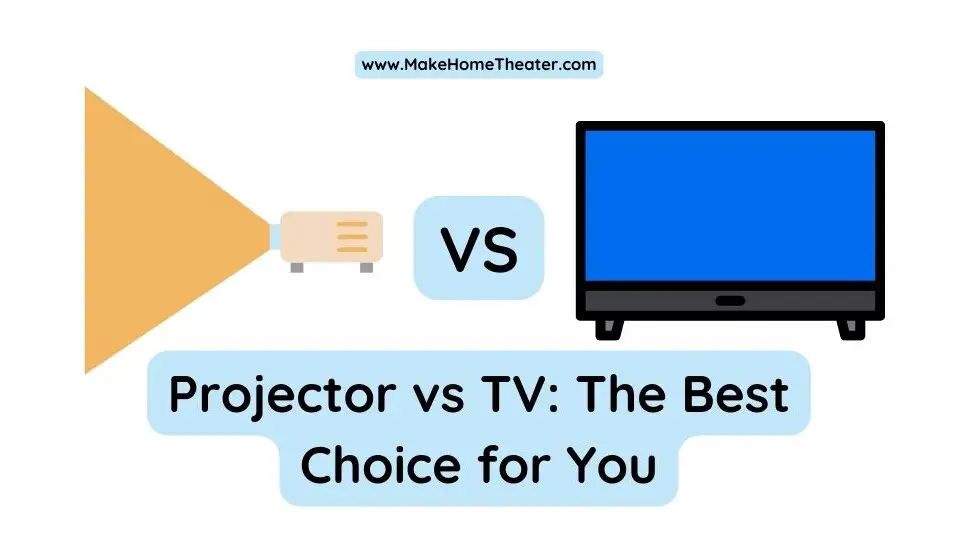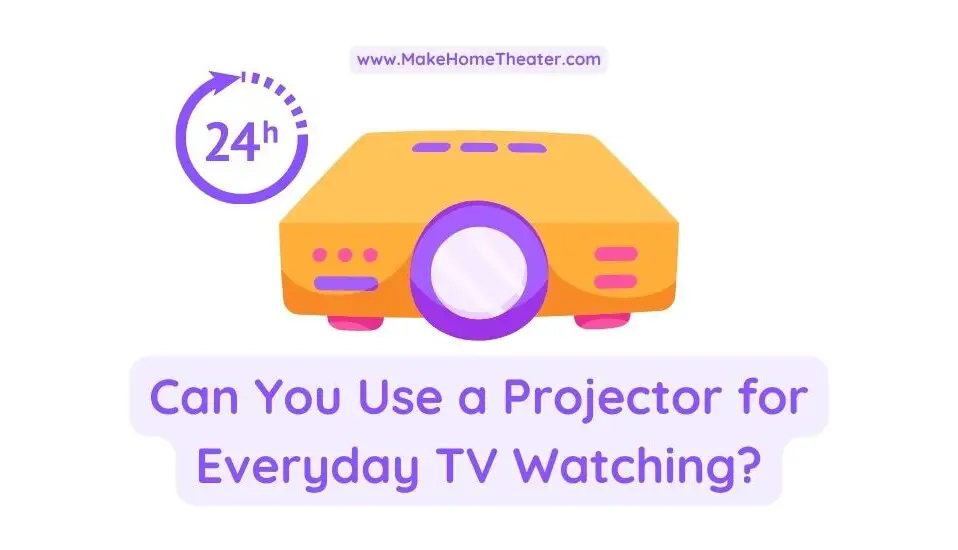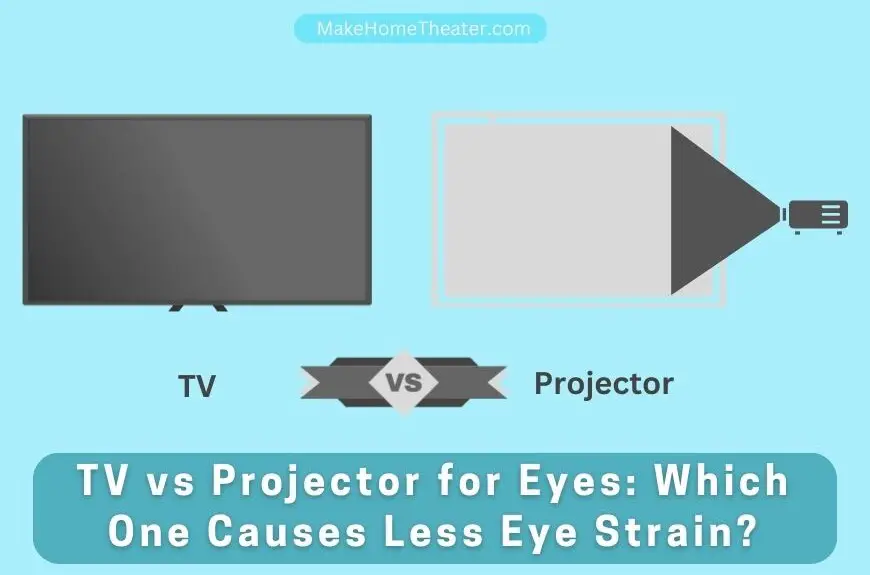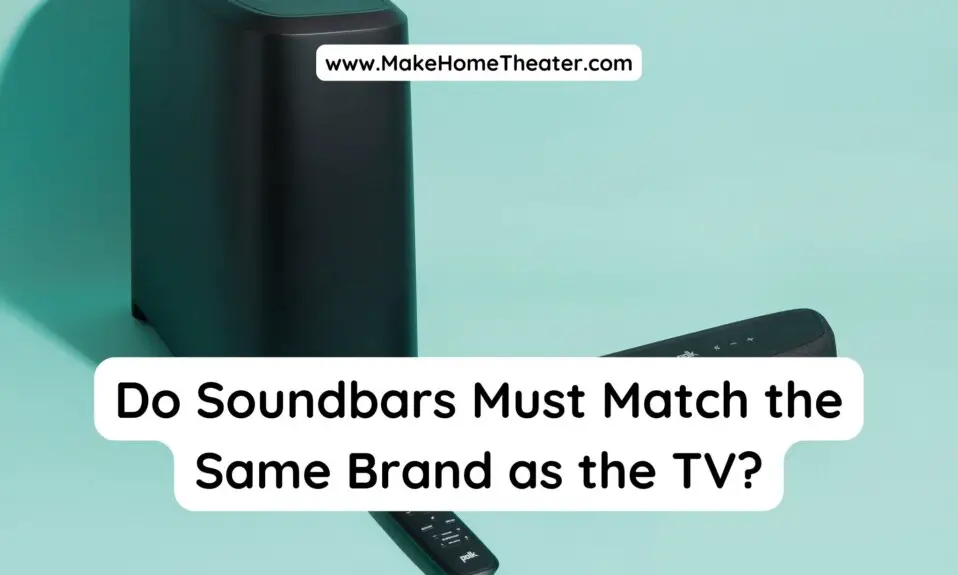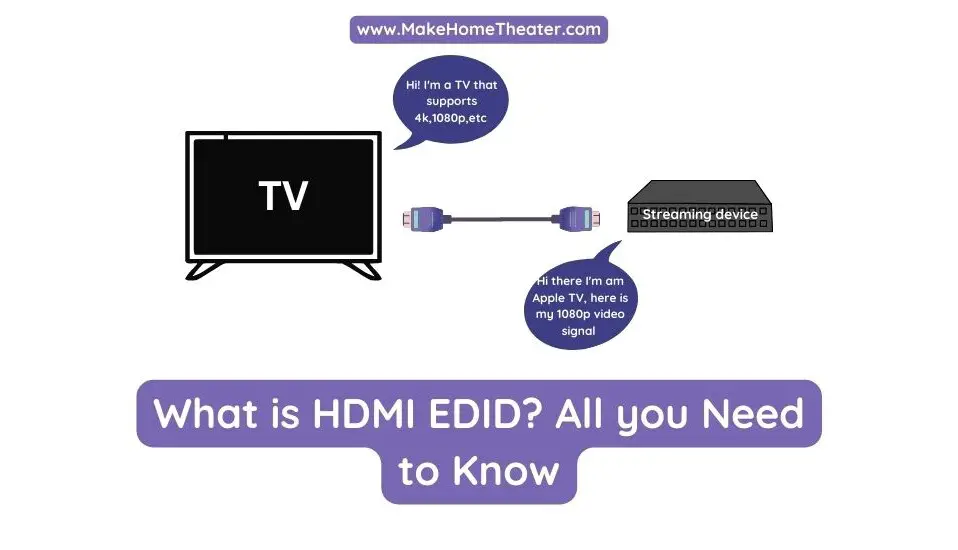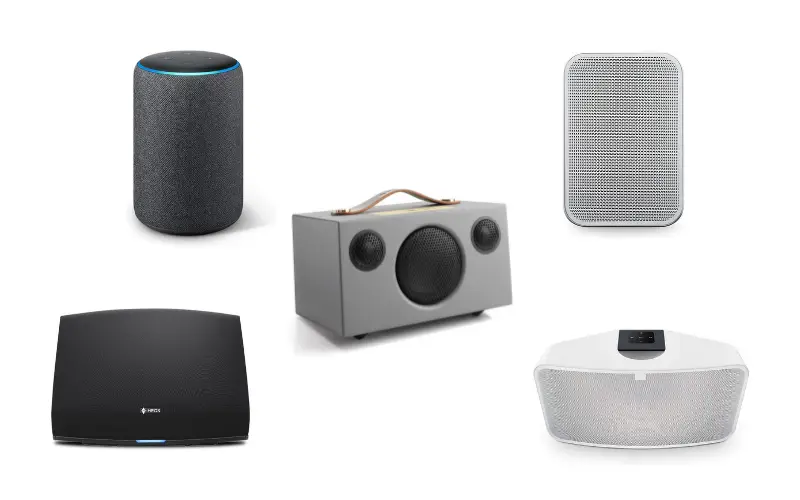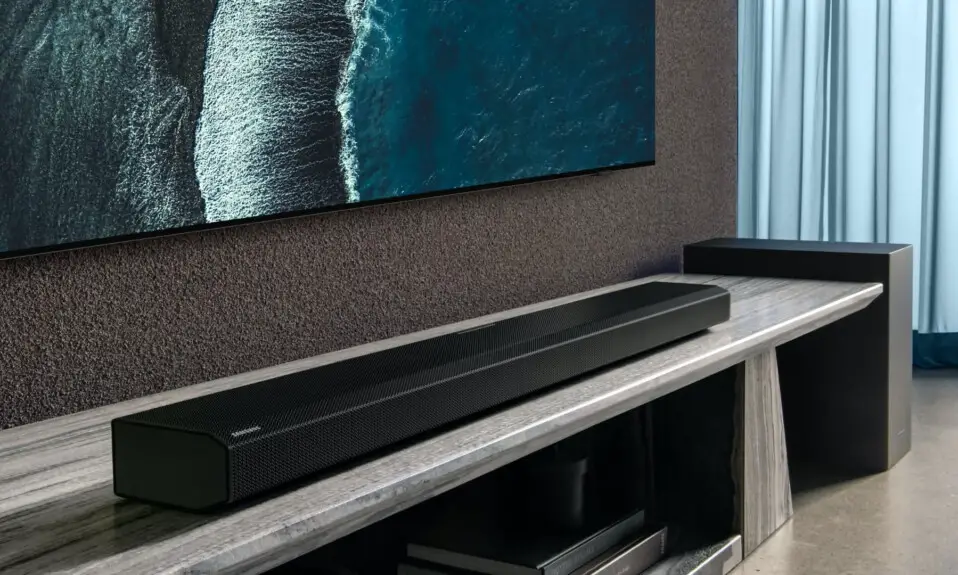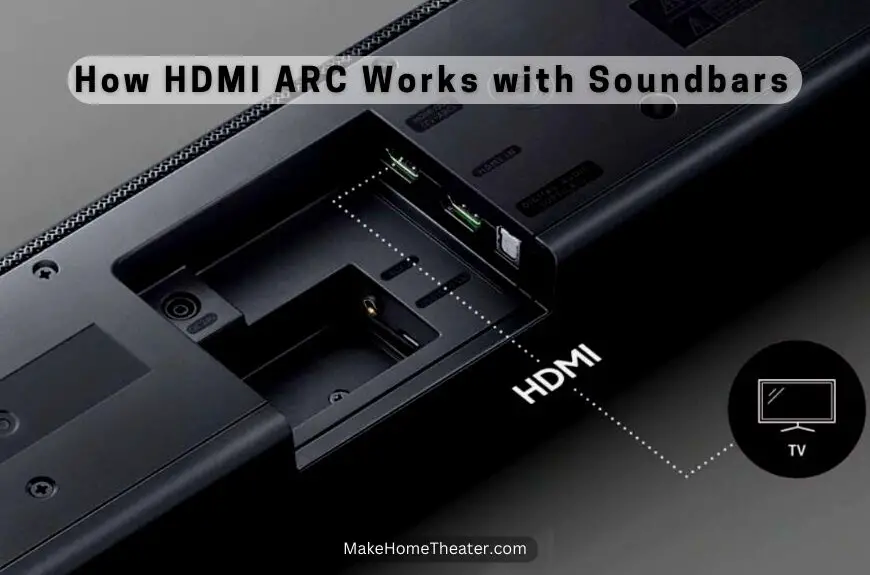As I walked past the wall of TVs at my local Best Buy, I couldn’t help but notice an interesting pattern in the prices. There appeared to be a significant gap between the low and high price points, particularly when it came to larger screen sizes. Even 42″ and 55″ panels, which used to cost a small fortune, could now be purchased at very reasonable prices.
However, as the screen size increased to 65″ and 75″, something changed. The entry-level 55″ panel, which was selling for $350, gave way to 75″ panels with a starting price of around $1300. That’s almost a thousand dollars more!
It suddenly occurred to me that there was a vast expanse of price-points waiting to be filled. Despite entry-level projectors being available at the same price point as 55″ and 65″ panels, there appeared to be an opportunity for something even better. Perhaps there was room for a product that could bridge the gap between affordable panels and expensive large screens.
As I delved deeper into the world of projectors and TVs, I realized that I had a multitude of questions that I hadn’t even considered at first. Of course, I needed to consider price and ease of use, but there were also other factors to consider such as resolution, contrast ratios, brightness, and even potential eye strain.
So, the question remained: should I choose a projector or a TV? On one hand, a projector can provide a more immersive experience and offer a larger screen size for a lower price point. On the other hand, a TV tends to be brighter and more straightforward in terms of input/output, without the need to replace bulbs.
However, before making a decision, there are other crucial aspects to consider, such as resolution and the physical requirements of using a projector, such as spacing. It’s also important to consider the overall ease of use when it comes to projectors. Only by fully understanding these factors can one make an informed decision on whether a projector or TV is the right choice.
Table of Contents
1. Price in Relation to Screen Size
The question on many people’s minds is whether home theater projectors are worth the investment. To answer this, let’s take a look at the price-per-diagonal-inch of the best-selling TVs at three different diagonal-size price points, as well as two representative projectors from the high and low end of the market, all sourced from Amazon.
Upon closer inspection, there is a significant jump in price between the 55, 65, and 75 inch TV panels. This price-point island is where things get interesting. From 55” to 65”, the price increases by over 130%, but what are you really getting for that increase? Sure, a bigger panel, but both projectors are capable of displaying up to 120”, more than double the size of a 55” TV.
Just like TVs, projectors also have high and low price points, making it possible to find a projector that fits any budget. Let’s take a closer look at the high-end projector. It’s clear that at 120” diagonal, it costs significantly less per diagonal inch than a 75” TV panel. But what if we compared the high-end projector to a 75” TV panel, by limiting its projection size to 75”? As the table shows, even when restricted to projecting a 75” screen, the high-end projector is still more cost-effective than a 75” TV panel.
Now, what about the low-end projector? If the high-end projector is cost-effective even when projecting a 75” screen, we can safely assume that the low-end projector will be too. But let’s compare the low-end projector’s maximum projection size to that of high-end TVs. When looking at the price-per-diagonal-inch, it’s clear that when compared to budget projectors, best-selling TVs tend to cost twice as much for only half as much screen.
Round Winner => Projectors
2. Resolution
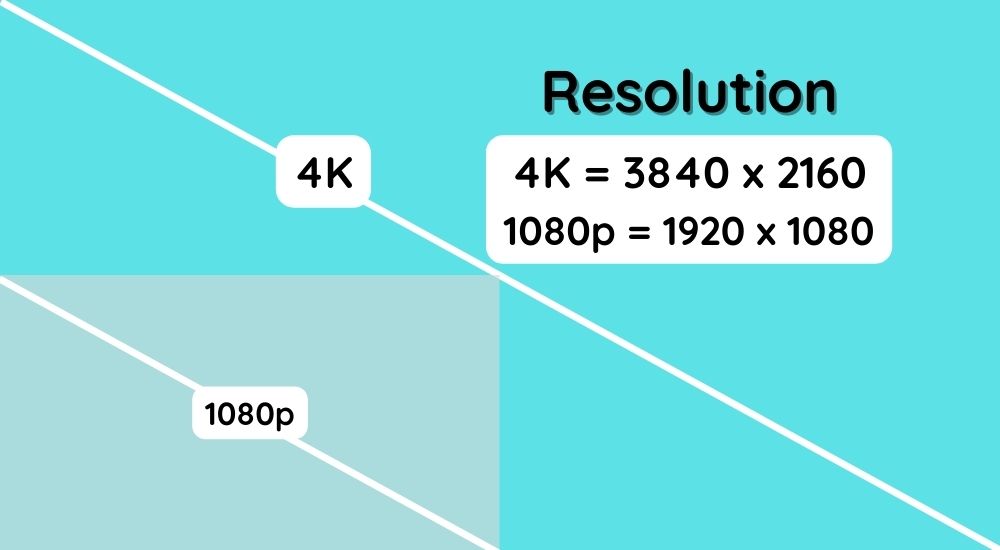
If you’re looking for the best resolution, both projectors and televisions have options available, with 4k projectors starting at around $1k and going up from there. However, while 4k is a significant improvement over 1080p, some argue that the jump in resolution is not as noticeable as the jump from SD to HD. In the television market, manufacturers are also offering 8k and 10k resolutions, but the high price point makes it not worth discussing. The same can be said for 8k projectors, but it’s important to note that projectors do have an advantage in this area.
While resolution is a crucial factor to consider, it’s not the only thing that matters. Other technologies, such as quantum-dot and OLED displays, can also enhance the viewing experience. In the television market, manufacturers are utilizing these technologies to produce stunning displays that can suck you in. Projectors are also keeping up with these advancements, and if you’re willing to invest, you can find projectors that incorporate these cutting-edge technologies.
At the lower end, an interesting phenomenon occurs in the projector market. Unlike the television industry which tends to adopt higher resolutions across the board, projectors remain fragmented. A quick search for a 55” 720p or 1080p panel yields few options, and those that are available are inexpensive but limited. However, if you’re in the market for a 720p or 1080p projector, you’ll find a plethora of options that are not only cheaper but offer more variety.
The point I’m trying to make here is that while the cost of 4k projectors is comparable to televisions, projectors offer more opportunities for cost savings by opting for a lower resolution. For some people, the allure of a 100” screen is more important than the resolution, and for them, there’s an opportunity to save significant amounts of money. In fact, you can purchase a 100+ inch 1080p projector for the same price as a 55” 4k panel.
Round Winner => TVs
3. Contrast Ratio
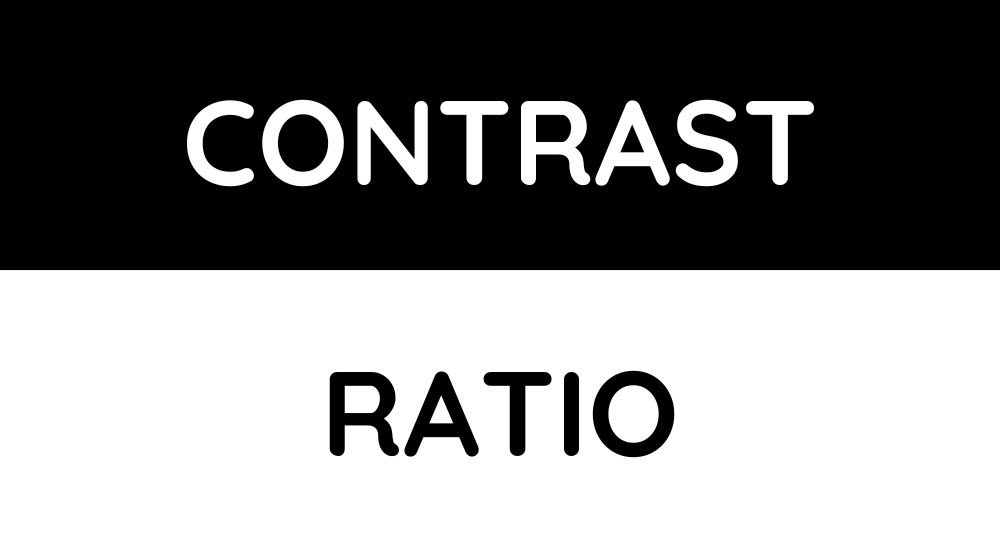
Thus far, we have established that projectors offer a better pricing advantage and are comparable to televisions in terms of resolution. However, there are some areas where projectors fall short.
One such area is the contrast ratio, which refers to the difference between the darkest and lightest parts of an image on the screen. The contrast ratio is expressed as the brightness of a “white” spot compared to a “black” spot, usually written in the format of [white spot brightness]:[black spot brightness].
For TVs
Let’s take the budget 55” panel we discussed earlier, which has a contrast ratio of 4000:1, meaning the whites are four-thousand times brighter than the blacks. This is typical for LED panels. In comparison, OLED panels regularly boast contrast ratios of 1,000,000:1, which means that the whites are one million times brighter than the blacks.
So how is this possible? It all comes down to where the light is coming from. LED panels are backlit, so there is always some light across the entire screen. In contrast, OLED panels are capable of displaying the color black without any light at all. In other words, that particular pixel or area of the screen is turned off. This is also why a phone with an OLED screen and a black background has a better battery life than one with a white background.
For Projectors
Now let’s talk about projectors. Take the budget model mentioned earlier, which claims to have a “dynamic contrast up to 15,000:1”. At first glance, this seems like a significant improvement over LED panels.
However, it’s important to note that the manufacturer carefully advertises “up to” that contrast ratio. This highlights one of the major issues with projectors: unlike LED and OLED panels, which can control the light emitted from the screen, projectors cannot. The projector screen is designed to bounce light from the projector back to your eyes, but it also bounces all the light in the room back to your eyes as well.
Although a projector can project dark images onto a screen, when the screen is already white and there is ambient light in the room, the image can become increasingly washed out. For instance, if your home theater room has many windows and it’s a sunny day, the contrast ratio will be significantly lower.
When setting up your home theater, it’s essential to take this into account. If your theater room is dark and windowless, you can likely achieve the advertised contrast ratio. However, if your room has plenty of ambient light, things can get complicated.
In fact, projectors have only one way to try and combat this issue, which is by trying to increase the brightness of the whites. This brings us to the next specification category worth discussing: brightness.
Round Winner => TVs
4. Brightness

Brightness is a crucial aspect when it comes to measuring the luminosity of a projector. Unlike televisions, which do not usually advertise their brightness, projectors require specific measurements. TVs do not list brightness since they hardly have wash-out issues, and it’s mostly “bright enough” to be inconsequential.
However, for projectors, the brightness level sets the kind of contrast ratio that one can expect. The placement of the projector, whether in a dark room or a well-lit room, will determine the necessary brightness required for optimal viewing.
If we compare two projector models, the low-end projector has a brightness of 2,500 lumens, while the high-end model has a brightness of 3,000 lumens. A quick survey of the mid-range projector market shows that the 2,500-3,000 lumen range is typical. To determine the ideal brightness for your projector, it is essential to read specific reviews and see how other users have positioned and used their projectors.
Round Winner => TVs
5. Duration of Life

One significant difference between televisions and projectors is that projectors use bulbs as their primary light source, which can burn out over time. This factor is worth considering as the cost of replacing bulbs is usually expensive, sometimes exceeding half the price of the projector. The frequency of use may influence your decision.
Unlike televisions, which rarely suffer from unexpected hardware failure, projectors may advertise a bulb-life measured in hours, usually hovering around 2,000.
It is advisable to choose a projector based on the information mentioned above and then research the expected lifespan of the bulb to help make the final decision. This bulb-life reality should steer you away from purchasing used projectors.
Round Winner => TVs
6. Ease of Use
When considering purchasing a projector, it is crucial to think about how it will be used. Streaming movies, live TV, or playing video games are streamlined options on a TV, but it can become more complicated when using a projector.
One challenge with projectors is that the input/output (I/O) options are located on the projector, making it essential to plan ahead about what hardware will be connected. It would be best to have game consoles, cable boxes, and other devices close to the projector or connected via cables. However, these devices also need to be easily accessible, making it impractical to mount them on the ceiling next to a ceiling-mounted projector. Additionally, some hardware with controllers that send IR signals require line-of-sight access to the box, which may require additional planning.
Setting up a projector may incur added costs, such as advanced cable management or expensive wireless-transmitting hardware. It is best to plan beforehand what the projector will be used for by referring to a guide on the differences between projectors. This way, you can have an idea of the hardware requirements beforehand. Once connected, the projector is easy to use, similar to a television.
Round Winner => TVs
7. Position and Setup
Physical placement is another limitation to consider when using a projector. The projector can be ceiling-mounted, placed on a stand, or even on a coffee table. However, it is crucial to ensure that the location has power, and other hardware associated with what is being watched can connect to it.
The process of setting up a projector and associated hardware can be complicated. People have solved this issue in different ways. Ceiling-mounted projectors typically have I/O extenders that connect to cabinets in the room, while floor-mounted units may require custom cabinets or extension cables.
The solution to this limitation depends on the setup of the space, the furniture available, and opportunities to hide the projector and associated devices. It is essential to consider these factors when planning the physical placement of the projector.
Round Winner => TVs
8. Cost
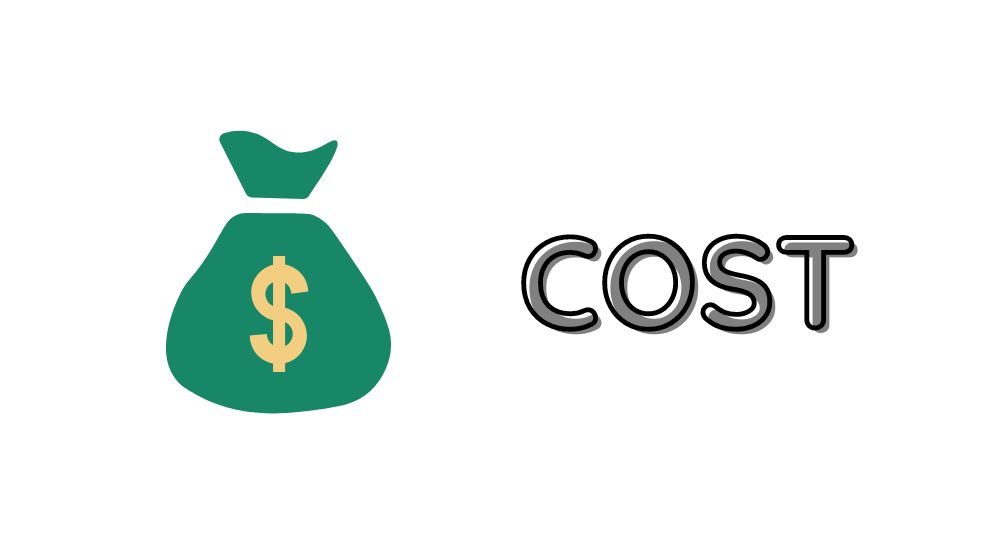
It is clear that projectors are more cost-effective than Televisions on a cost-per-screen-area basis. However, other factors such as projector life, physical placement, and hardware/cable management also affect the costs. Custom solutions can significantly increase the cost.
Another significant cost element that hasn’t been discussed yet is the screen. A typical projector screen costs around $100, and the cost can vary depending on the type and size of the screen. You also need to consider how to mount the screen, whether it’s on a stand or ceiling.
While price-per-screen-area is a crucial factor in cost comparison, it’s not the only factor to consider. The total cost will depend on your unique situation and needs.
Round Winner => DRAW
Which is Better?
Perhaps we can now address the central question: are home theater projectors worth the investment?
Well, opting for a projector yields a larger screen for a more reasonable price. As long as you are not pursuing the latest cutting-edge resolutions and exotic panel technologies, image quality should not be an issue. However, utilizing features such as digital zoom, as explained in our guide, could affect the image quality.
Determining the location for your projector, as well as what you intend to connect to it, will determine the complexity of managing factors such as ambient light levels, cable and hardware organization, and screen management. These issues present unique considerations to ponder when planning your setup.
Ultimately, a television simply cannot rival a wall-sized screen (a topic we also addressed). The experience is breathtaking and even owners of the most expensive, curved, 75” Samsung behemoth will feel small when they step into your living room and gaze at a screen that dwarfs their own. For some, this experience is worth every penny. However, for most individuals, the ease of use provided by setting up a traditional entertainment system is unbeatable. Currently, televisions offer the best combination of affordability, quality, and convenience.
If you are interested in purchasing a projector, take a look at our article on projector specifications to learn which features to look for.
Overall Winner => TVs
Read also: Recommended Projectors


